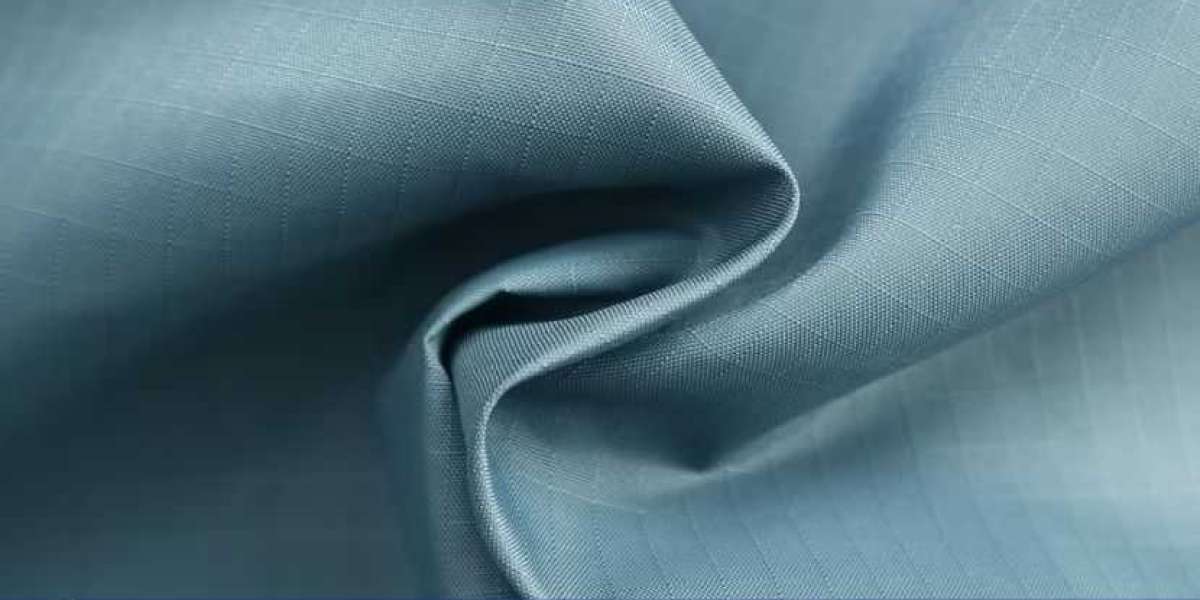Introduction
As the world increasingly shifts towards sustainable practices, eco-friendly building materials have become a focal point in construction. One such material gaining popularity is eco friendly wall plaster. Traditional plasters often contain harmful chemicals that can impact both the environment and human health. In contrast, eco-friendly wall plaster offers a sustainable alternative that aligns with green building standards without compromising on quality or aesthetics.
What is Eco-Friendly Wall Plaster?
Eco-friendly wall plaster is a natural, non-toxic material used for coating walls and ceilings. It is made from renewable resources and has a lower environmental footprint compared to conventional plasters. The ingredients typically include clay, lime, sand, and other natural additives that enhance the plaster's durability and finish.
Benefits of Eco-Friendly Wall Plaster
1. Environmental Sustainability
Eco-friendly wall plaster is derived from natural materials, making it biodegradable and recyclable. The production process also consumes less energy, reducing the overall carbon footprint. By choosing eco-friendly plaster, builders and homeowners can contribute to a more sustainable construction industry.
2. Health Benefits
Unlike conventional plasters, eco-friendly options do not emit volatile organic compounds (VOCs) or other harmful chemicals. This ensures better indoor air quality, reducing the risk of respiratory issues and allergies for occupants.
3. Energy Efficiency
Eco-friendly wall plaster provides excellent thermal insulation, helping to regulate indoor temperatures. This can lead to significant energy savings by reducing the need for heating and cooling systems.
4. Aesthetic Appeal
Natural plasters offer a unique aesthetic that enhances the visual appeal of any space. They come in various textures and finishes, allowing for creative and personalized designs.
5. Durability and Longevity
Eco-friendly plasters are known for their durability and resistance to cracking. They maintain their structural integrity over time, reducing the need for frequent repairs and replacements.
How to Apply Eco-Friendly Wall Plaster
Applying eco-friendly wall plaster involves several steps to ensure a smooth and durable finish. Here’s a step-by-step guide:
Surface Preparation: Ensure the surface is clean, dry, and free from dust and grease. Repair any cracks or holes to create a smooth base.
Mixing the Plaster: Follow the manufacturer's instructions to mix the plaster. It is essential to achieve the right consistency for easy application.
Applying the Base Coat: Apply a thin base coat using a trowel. Allow it to dry completely before proceeding.
Adding Additional Coats: Depending on the desired thickness and finish, apply one or more additional coats. Each layer should be allowed to dry before the next one is added.
Finishing Touches: Once the final coat is applied, use a damp sponge or trowel to smooth out the surface and achieve the desired texture.
Eco-Friendly Wall Plaster in Modern Architecture
Eco-friendly wall plaster is increasingly being used in modern architecture for both residential and commercial projects. Architects and designers appreciate its versatility, sustainability, and aesthetic qualities. Here are a few examples of how eco-friendly plaster can be incorporated into contemporary design:
1. Minimalist Interiors
The natural, earthy tones of eco-friendly plaster are perfect for minimalist interiors. They add warmth and texture without overwhelming the space.
2. Rustic Charm
For a rustic or country-style home, eco-friendly plaster can provide a timeless, handcrafted look. It pairs well with natural wood and stone elements.
3. Urban Chic
In urban settings, eco-friendly plaster can be used to create sleek, modern interiors with a focus on sustainability. It complements industrial materials like metal and glass.
4. Commercial Spaces
Eco-friendly plaster is also suitable for commercial spaces such as offices, restaurants, and retail stores. It creates a healthy and inviting environment for customers and employees.
Choosing the Right Eco-Friendly Plaster
When selecting eco-friendly plaster, consider the following factors:
Material Composition: Ensure the plaster is made from natural, non-toxic ingredients.
Brand Reputation: Choose reputable brands that are known for their quality and sustainability.
Compatibility: Make sure the plaster is compatible with the surface you intend to apply it on.
Climate Suitability: Consider the climate and environment where the plaster will be used. Some plasters are better suited for humid or dry conditions.
Conclusion
Eco-friendly wall plaster is a sustainable and healthy choice for modern construction. Its environmental benefits, coupled with its aesthetic and functional qualities, make it an excellent alternative to traditional plasters. By opting for eco-friendly wall plaster, builders and homeowners can contribute to a greener, healthier future while creating beautiful and durable spaces.
For more information on eco-friendly building materials and sustainable construction practices, visit Magnus Ventures.








